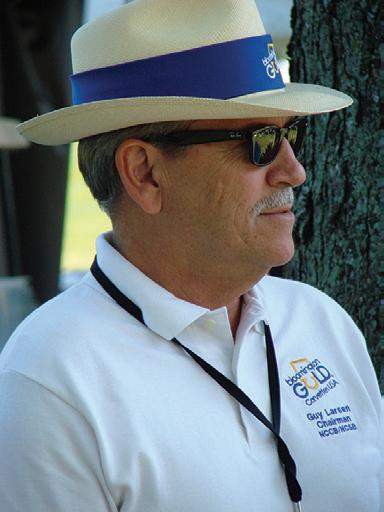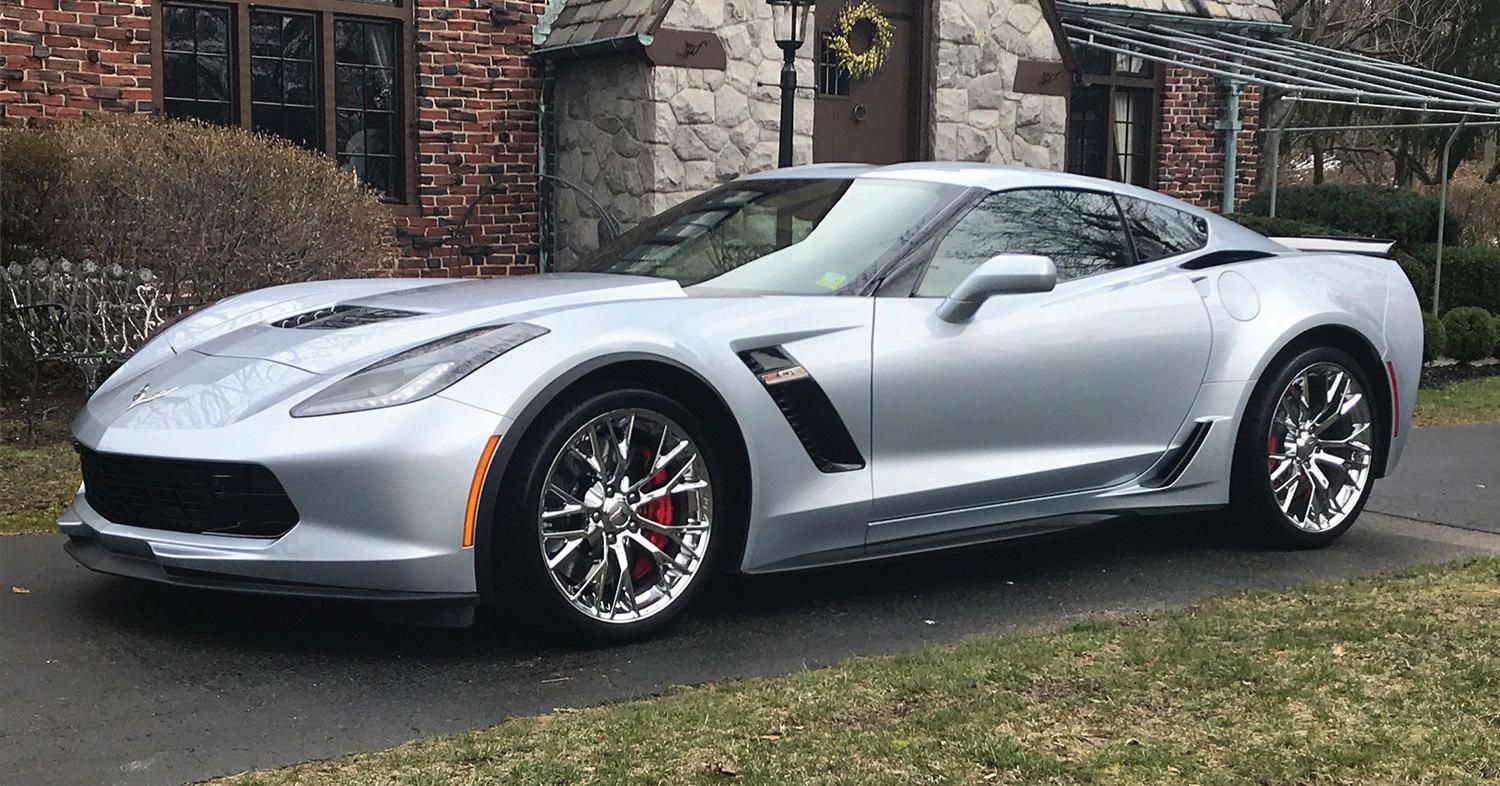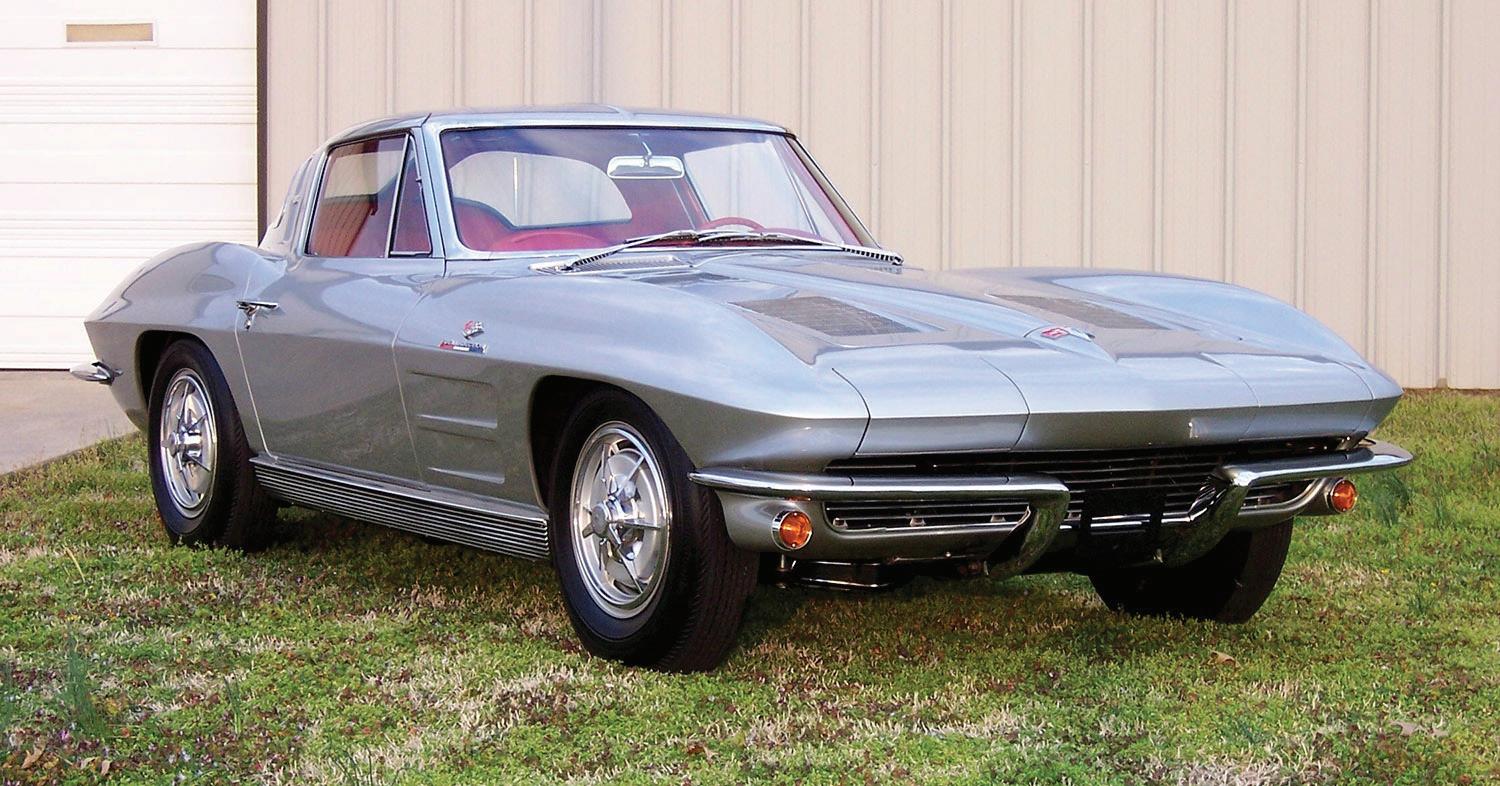
4 minute read
Words From Guy
Bloomington Gold Corvette enthusiasts,
The focus of this edition of the REView will be the 2023 Gold Collection.
Advertisement
Before we get lost in the details of the 2023 Collection, I would like to send a huge THANK YOU to Corvette Central for their sponsorship of the collection. We could not do this without their support. It is with their help that we can once again hold the Gold Gala Thursday night as well as add several special touches to the display. As fellow Corvette lovers, they truly are Caretakers of the Legends.
Each fall, Bloomington Gold’s Special Collection Selection Committee and I work together to select a theme for the upcoming show’s special display. While the themes have been many, each year the committee, headed by Bill Locke, outdoes the previous year’s collection.
With the 2022 Collection, A Gold Salute to the Gold Collection, being probably one of the most priceless collections that the committee has compiled, what theme could they possibly come up with that will out-shine the beautiful cars of of 2022?? Well, read on my friends, as once again they have out done themselves....
Guy Larsen President

10 years after the release of the Corvette, a ZO6 options package was presented. Since then, the ZO6 package has been offered in 4 out of 7 generations. Each generation offering a more powerful version of the previous. To understand the passion for the ZO6, one must first take a deep dive into the development of the RPO ZO6 over 60 years ago.


An Overview Of The History Of The Development Of The 1963 Rpo Z06 Chevrolet Corvette
The Development Of High Performance In Corvettes
Article by Marty Fowler
In May 1953 Zora Arkus-Duntov was hired as an assistant staff engineer at Chevrolet. The small block Chevrolet engine was being developed and Duntov wrote a letter to his bosses titled “Thoughts pertaining to Youth, Hotrodders, and Chevrolet” which detailed how the new Chevrolet small block V8 engine could overcome the Ford flathead V8 domination in preference by customers and the various racing communities. In 1955 he assisted in getting the new V8 into the underpowered Corvette. Soon it seemed Duntov was involved in anything high-performance related to the small block V8. At the Pike’s Peak hill climb he set a stock car record in a 1956 Bel Air. Then he took a Corvette to Daytona Beach and set a record of 147.300 miles per hour average in the flying mile which required a two-way run. The speed was achieved by addition of the new “Duntov cam.” Ed Cole was impressed enough to put Duntov in charge of fielding four Corvettes for the 12 hours of Sebring which was only six weeks away.
The three prototype Corvettes used at Daytona and one production 1956 Corvette made up the four Corvette team sent to Sebring, headed by veteran racer John Fitch. With only a few weeks to prepare, Fitch’s team was literally testing and manufacturing parts as they worked to get the cars upgraded to withstand the twelve-hour race. Brakes were the most obvious area of attention, but other items were also addressed including steel 37-gallon fuel tanks to reduce fuel stops. The Corvettes did well enough that Campbell-Ewald, Chevrolet’s advertising agency, created the famous “The Real McCoy” advertising campaign. In addition, six production SR1 Corvettes were assembled at the St. Louis assembly plant (less the steel 37-gallon fuel tank) for sale to the public. Corvette road racing had its start.
For 1957 Duntov had much more aggressive high-performance plans. Ed Cole was saying yes to high-performance and Duntov when given an inch would take a mile. The Corvette SS, a tube-frame magnesium body exotic race car, was developed to compete with the expensive race-only “production” European sports cars. He built a duplicate chassis of the Corvette SS with a fiberglass body, called “The Mule,” for testing and to keep the real car away from publicity. Unknown at the time, the chassis from “The Mule” would be seen again under the body of the 1959 Stingray racer playing a part in the design of the 1963 Corvette. Duntov was developing the production Corvette racing program, improving weak points and adding new features. John Fitch was again signed on as team manager and driver. A SR2 from the Styling Department received the latest high-performance upgrades from the racing team and was included in the 1957 Sebring program along with two production cars. The Thompson-Andrey #4 Corvette finished twelfth overall and first in GT 5.0. By anyone’s measure that is racing success. The racing parts used on the Sebring Corvettes were released as Regular Production Options (RPOs). However, the racing success was short-lived. By June 1957 a newly imposed racing ban by the Automobile Manufacturers Association (AMA) shut down all manufacturer supported racing. Chevrolet stopped its support of racing teams after the AMA ban, but the new RPOs became the method used to let would be Corvette racers get their own heavy-duty and high-performance racing parts. It worked very well. The Corvette now could be equipped with RPOs including a fuel injected high-lift cam engine, a 4-speed close ratio transmission and heavy-duty brakes and suspension. All necessary parts to be competitive in racing.
Chevrolet Styling and Engineering Departments worked years in advance of new model introductions. In 1959 the Styling Department was already working on the design for the 1963 Corvette. Bill Mitchell, Vice President of Styling wanted to give the younger styling personnel a chance to change things up, so he tasked Pete Brock, Gene Garfinkle, Chuck Pohlman and Norm Neumann to come up with a completely new forward-thinking design. Larry Shinoda refined the design, and the result was the 1959 Stingray racer with the help of the 98-inch wheelbase “mule” chassis from Sebring. The tube chassis had independent rear suspension and was a racing chassis originally designed for Le Mans. Mitchell owned the car, and it was not officially connected to Chevrolet. He had Dick Thompson drive the car in a race at the Marlboro raceway on April 18, 1959 in the C-Modified class, finishing fourth in its first race. Thompson raced the car for the entire 1960 season and won the Sports Car Club of America (SCCA) C-Modified class National Championship. It did not hurt for thousands of spectators to see the Stingray racer, which was easily the most beautiful car at any race appearance. Other racers got used to seeing the Stingray’s six taillights.



